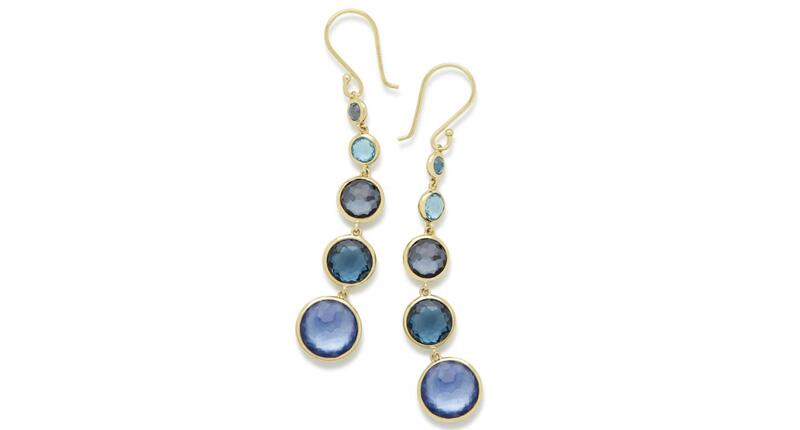Researchers Uncover Bejeweled ‘Golden Boy’ Mummy
The ancient Egyptian teenager was buried 2,300 years ago with 49 amulets to guide him through the afterlife.

The wrapped mummy was buried around 2,300 years ago in the late Ptolemaic era in a southern Egyptian cemetery and has been stored, undisturbed, in the basement of the Egyptian Museum in Cairo since 1916, according to a study published last week in Frontiers in Medicine.
“In the past, mummies were unwrapped and subjected to invasive dissection for research and entertainment. Finding an ideal compromise between investigating a mummy and not destroying it encouraged the use of less invasive methods,” said the study.
The team used Computed Tomography, or a CT scan, combined with 3D printing technology to get a better look at the mummy and its jewels.
The study was approved by the Egyptian Ministry of Tourism and Antiquities.
The mummy is thought to be a teenage boy, between 14 and 15 years old. The cause of death could not be determined and museum records gave no additional information about his identity, though the presence of gold amulets signifies a high socioeconomic status level, said researchers.
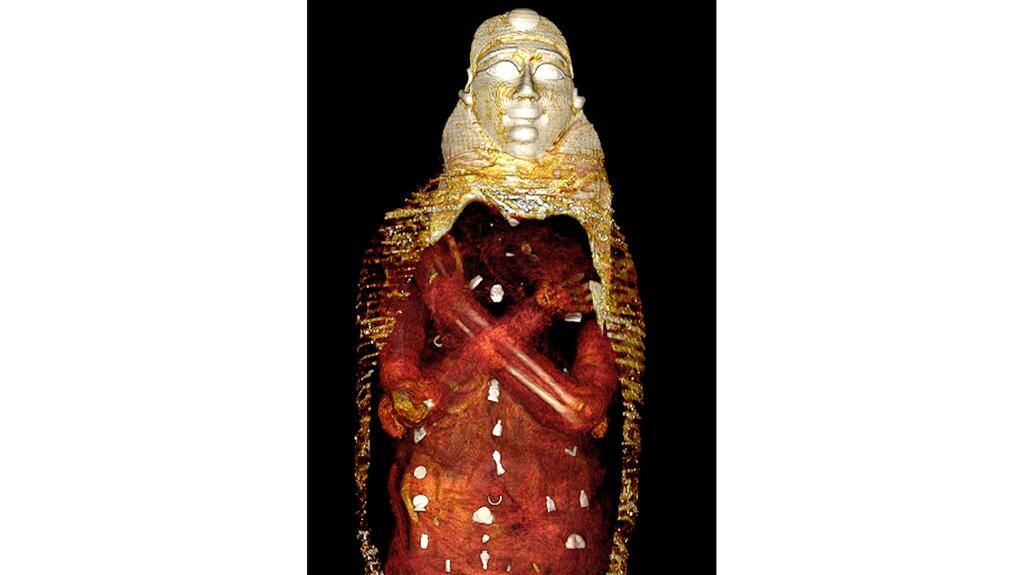
His body was covered in a brown wrapping with a gilded head mask on top. The mask’s eyes and eyebrows are inlaid with stones while the eye pupils are made of black obsidian.
Inside the mummy and between the wrappings, the scientists found 49 amulets of 21 different shapes, including a scarab and the Eye of Horus.
The scarab represents the god Kheper, who was said to move the sun across the sky. A scarab amulet was thought to hold the power of resurrection.
The CT images found seven scarab amulets, six on his head and one in his torso. The one in his chest is likely a gold heart-scarab, which is a large amulet inscribed with text from The Book of the Dead, an ancient Egyptian religious text.
A right-angle symbol, used by architects as a leveler, was also found in the torso, thought to bring balance to the deceased.
The Eye of Horus, also called an udjat, represented the god Horus and was meant to provide healing and regeneration. It was popular among the living and the dead in ancient Egypt.
The bottle amulet represented the situla, a metal bucket used to carry holy water.
The djed amulet, which looks like a pillar, symbolized the backbone of the god Osiris and was meant to ensure the dead’s revival.
The tyt amulet, also known as the god Isis’ knot, provided her protection. The double-plume amulet symbolized two lives, spiritual and material.
Researchers also discovered a gold amulet inside his mouth, placed there so he could speak in the afterlife.
“The embalmers placed amulets to protect and provide vitality for the body for the afterlife,” said the researchers.
Amulets have also been found inside the mummies of kings, like Amenhotep I, Seti I, Ramesses II, and Ramesses III.
Ancient Egyptians believed an amulet’s magical power came from its shape, material, and color.
Thirty of the amulets were metal, likely gold, while the others were made of stone, fired clay, or Egyptian faience, a glazed ceramic material.
“The presence of golden amulets within the studied mummy indicated an expensive mummification process,” said the study, providing insight into the boy’s socioeconomic status.
Where the amulets were placed on the body was also important and a symmetrical balanced arrangement was common in mummies of the time.
The amulets were arranged in three columns, across the midline and bilaterally.
The mummy is now on display in the Egyptian Museum’s showroom alongside a documentary sharing the CT data and images. Visitors are able to hold the 3D printed golden scarab.
The goal of the display is to humanize the “Golden Boy” and teach museumgoers about life in ancient times.
The Latest
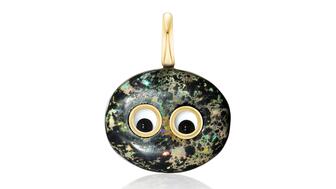
The National Jeweler editors revisit the most noteworthy industry happenings and design trends from 2025.
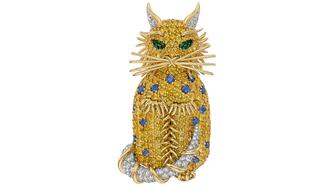
Need a gift for the cat lover who has everything? Look no further than our latest Piece of the Week.
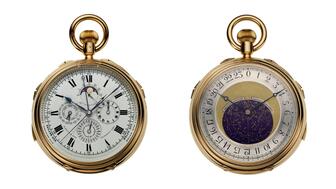
It purchased the “Grosse Pièce,” an ultra-complicated Audemars Piguet pocket watch from the ‘20s, for a record-breaking price at Sotheby’s.

How Jewelers of America’s 20 Under 40 are leading to ensure a brighter future for the jewelry industry.

The lab-grown diamond grower now offers custom engagement and fashion jewelry through its Kira Custom Lab Jewelry service.


Chandler got his start at Michelson Jewelers and has served as DCA president and CEO since 2001. He will retire at the end of the month.

The boutique is slated to open this week inside Terminal 8, offering pre-owned Rolex watches and more to international travelers.

Roseco’s 704-page catalog showcases new lab-grown diamonds, findings, tools & more—available in print or interactive digital editions.

Sponsored by Digital Monitoring Products
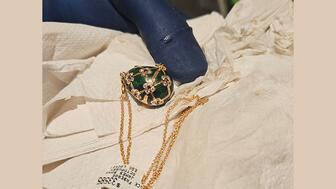
The special-edition egg pendant ingested in a New Zealand jewelry store was recovered after a six-day wait.
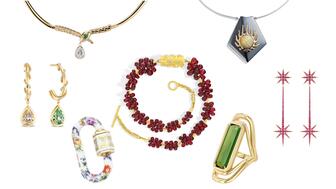
Associate Editor Natalie Francisco plays favorites with Piece of the Week, selecting a standout piece of jewelry from each month of 2025.

The “Love and Desire” campaign is inspired by the magic that follows when one’s heart leads the way, said the brand.

Two awardees will receive free tuition for an educational course at the Swiss lab, with flights and lodging included.

Berta de Pablos-Barbier will replace Alexander Lacik at the start of January, two months earlier than expected.
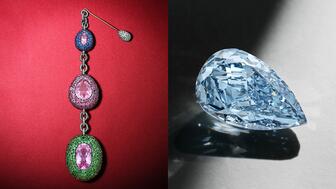
Sotheby’s held its first two jewelry sales at the Breuer building last week, and they totaled nearly $44 million.

Winners will receive free registration and lodging for its fourth annual event in Detroit.

Here are six ideas for making more engaging content for Instagram Reels and TikTok, courtesy of Duvall O’Steen and Jen Cullen Williams.

The honorees include a notable jewelry brand, an industry veteran, and an independent retailer.

Carlos Jose Hernandez and Joshua Zuazo were sentenced to life without the possibility of parole in the 2024 murder of Hussein “Sam” Murray.

Yood will serve alongside Eduard Stefanescu, the sustainability manager for C.Hafner, a precious metals refiner in Germany.

The New Orleans jeweler is also hosting pop-up jewelry boutiques in New York City and Dallas.

Set in a Tiffany & Co. necklace, it sold for $4.2 million, the highest price and price per carat paid for a Paraíba tourmaline at auction.

The jeweler’s “Deep Freeze” display showcases its iconic jewelry designs frozen in a vintage icebox.
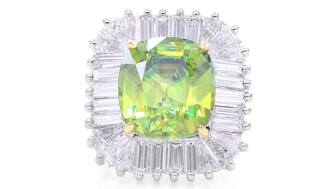
Take luxury gifting to new heights this holiday season with the jeweler’s showstopping 12-carat sphene ring.

This year's theme is “Unveiling the Depths of the Ocean.”
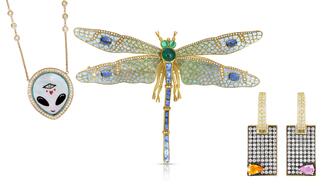
In its annual report, Pinterest noted an increase in searches for brooches, heirloom jewelry, and ‘80s luxury.

Starting Jan. 1, customers can request the service for opal, peridot, and demantoid garnet.













